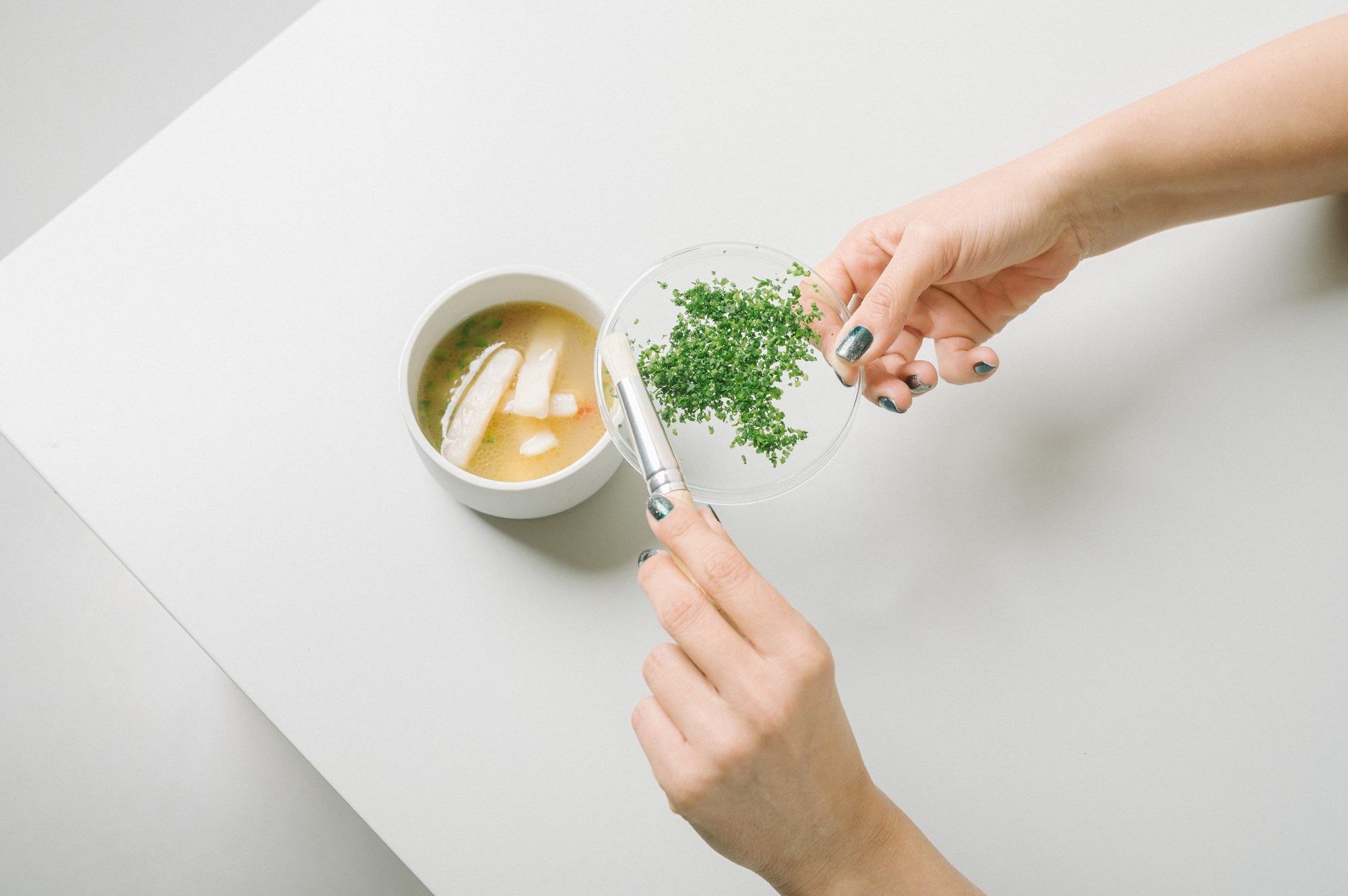When the concept of the Workshop and the Creative Community was born within the walls of ONYX a few months ago, they set themselves the goal of rewriting everything that the profession and the public think about fine dining and ONYX. Although many questioned where it would all end up, the team proved their worth and the Workshop has recently finally opened.
I have also written several times about what has been going on behind the closed doors of ONYX on Vörösmarty Square for months. The playing field has changed, so Anna Niszkács, CEO decided not to go with the flow, but to embark on a bold experiment: instead of hiring another star chef and adapting their operational concept to him, she is building new foundations. Marcell Fekete, the strategic director, came up with a solution, the idea of a team based on democratic rules, a cross-section of several fields, from the diverse worlds of gastronomy, design and theory. The Creative Community, which has 11+1 members, made its debut in the summer within the then bare walls—guests were invited to taste, connect and experience various themed events. We could see what was, what is and, finally, what will be: after a symbolic deconstruction and a farewell full of relics, it was time for metamorphosis and transformation.

The newly opened Workshop is not ONYX itself, or rather not exclusively ONYX. As a separate identity, there is a creative, inspiring playground where you can experiment, engage in dialogue, make mistakes and rethink without unnecessary fuss. If you like, it’s more like an anteroom to ONYX, where guests can experience first-hand the concepts that the team has created together. At the same time, offering these dishes is not a revelation, but rather a question, where proactivity and honest feedback are also welcome, on the basis of which the menu can be further developed. Part of innovation is also about sharing the knowledge that has been accumulated, as the process of changing attitudes can only be realized if more people are involved in the process, and this is easier if more information is available to them.
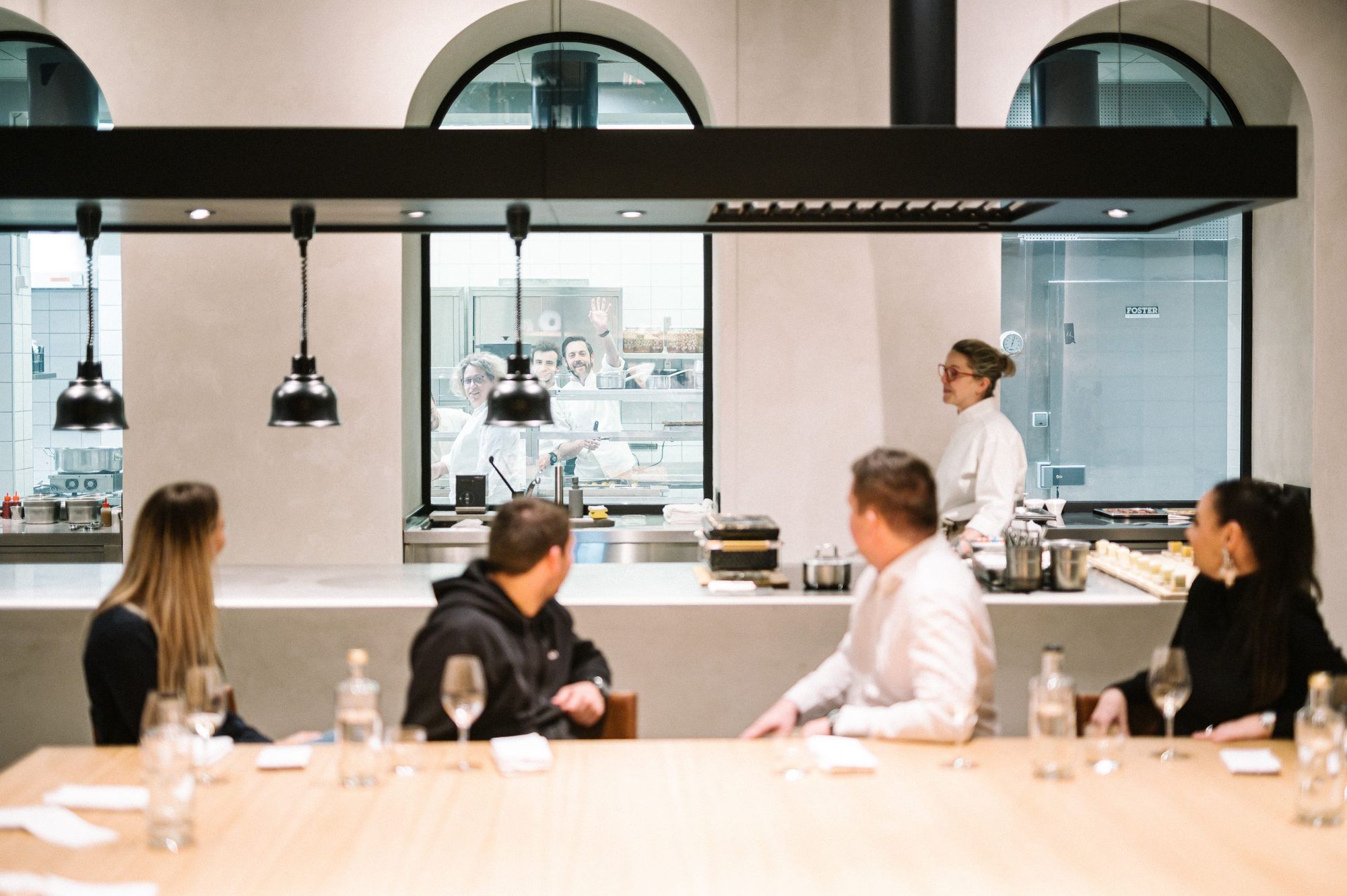
This brings us to the present. This November, the Workshop was finally completed, and the new META/MORPHOSIS menu and its new space were introduced to guests in a 6-week series of 18 excitingly designed dinners. On these evenings, called FOUNDATION, the elements of the menu were built up week by week like building blocks, so that the final round of diners could taste the full 12-step menu. Accordingly, ticket prices started from a very low price point, so that even those who had previously felt far removed from the world of classic, multi-course fine dining could try the new dishes.
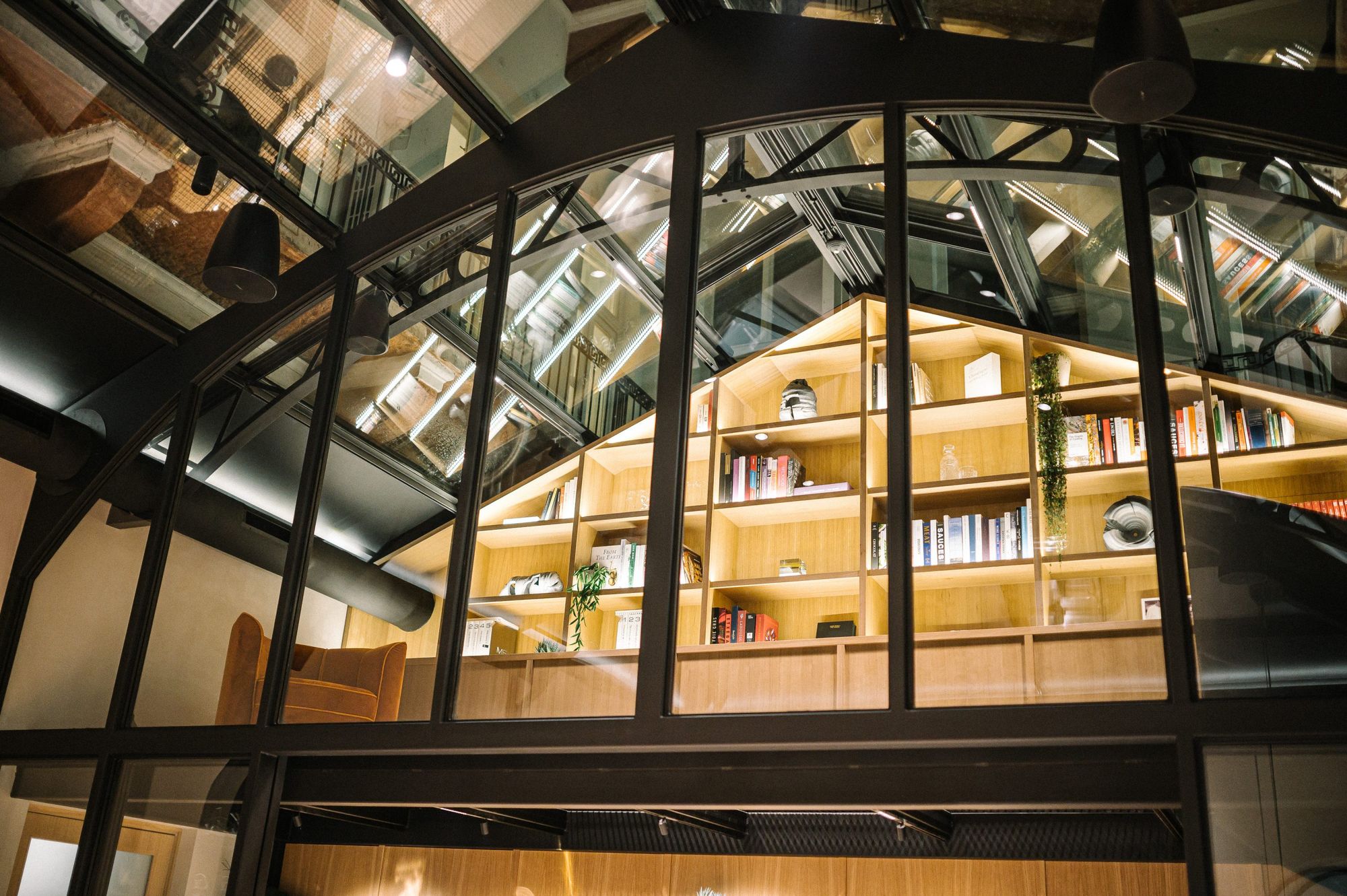
Although many predicted the restaurant’s downfall, ONYX has risen like a phoenix. Entering the space, you’re greeted by bare walls and a fancy chandelier, with rice-cake welcome bites and light cascara. And the team, who greet visitors in chef’s coats and snow-white Tisza shoes, in a professional yet very friendly manner. After two enthusiastic applicants open champagne with a small hammer (a symbol of the then scandalous demolition), we pass through the Workshop shop—where you can buy their wines and other souvenirs—into the new glass-domed space, with a large square table as its centerpiece. Everything is bright yet not sterile—the interior is the work of URBA, with Márton Lengyel and Andrea Juhász, and Boldizsár Szenteczki (Boldizar Senteski), who designed the mirror installation too. All the details harmonize naturally with the rest: the furniture was made by KUNSÁG fenster and the three-legged chairs by komok. To the right of the room is the chef’s counter, while to the left is a shelving system and the gallery houses the in-house library—the space beckons you to wander around, explore, not just sit in your seat (on the otherwise surprisingly comfortable chairs). The team also encourages you to ask questions, to roam, there’s no room for mannerisms. This is also supported by the menu, which is also a notebook for collecting opinions because here we are also given a task: we have to rate each dish.
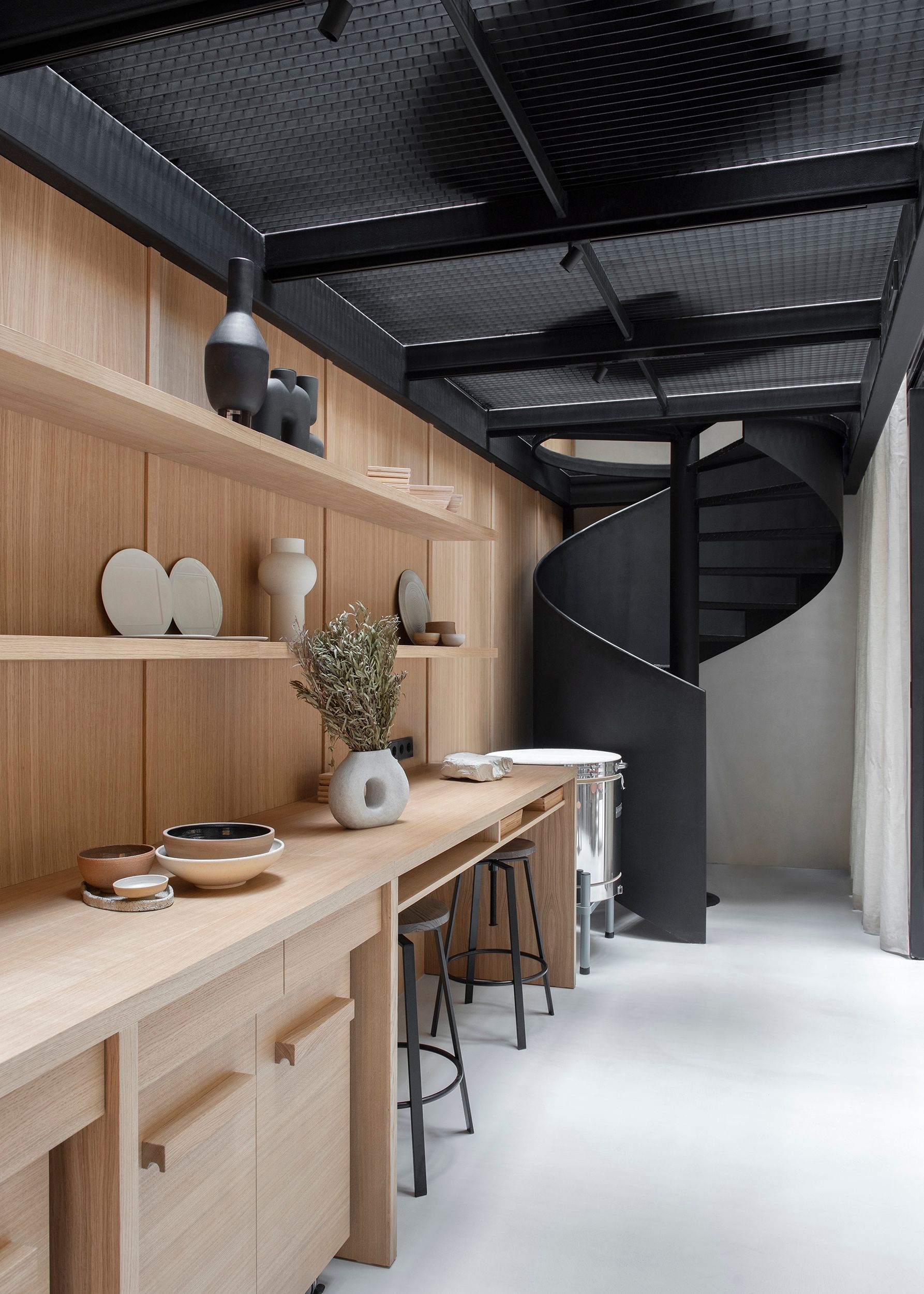

At the start of the meal, in the case of two courses you are asked whether you want the meat or vegetarian option and whether you want to try the wine list or stick to the juice. The names of the courses (Departure, Break, Decision, Comparison, Perspective, Highlight, Turning Point, Feedback, Resolution, Balance, Waypoint) don’t give much away, so the anticipation is high. The Departure is a small diced dill and curd pie with elderflower and pickled peaches. Sweet at first from the peach, the bite suddenly turns to intense saltiness—playful, surprising, and the raw champagne from Sauska enhances the flavors even more. This creative freedom continues, as the next step we are invited to an interactive experience: at the Break, two of us are served a fresh, crusty sourdough bread with a cube of whipped and brown butter. We can share, split it however we like, by hand, crumbled, freely.
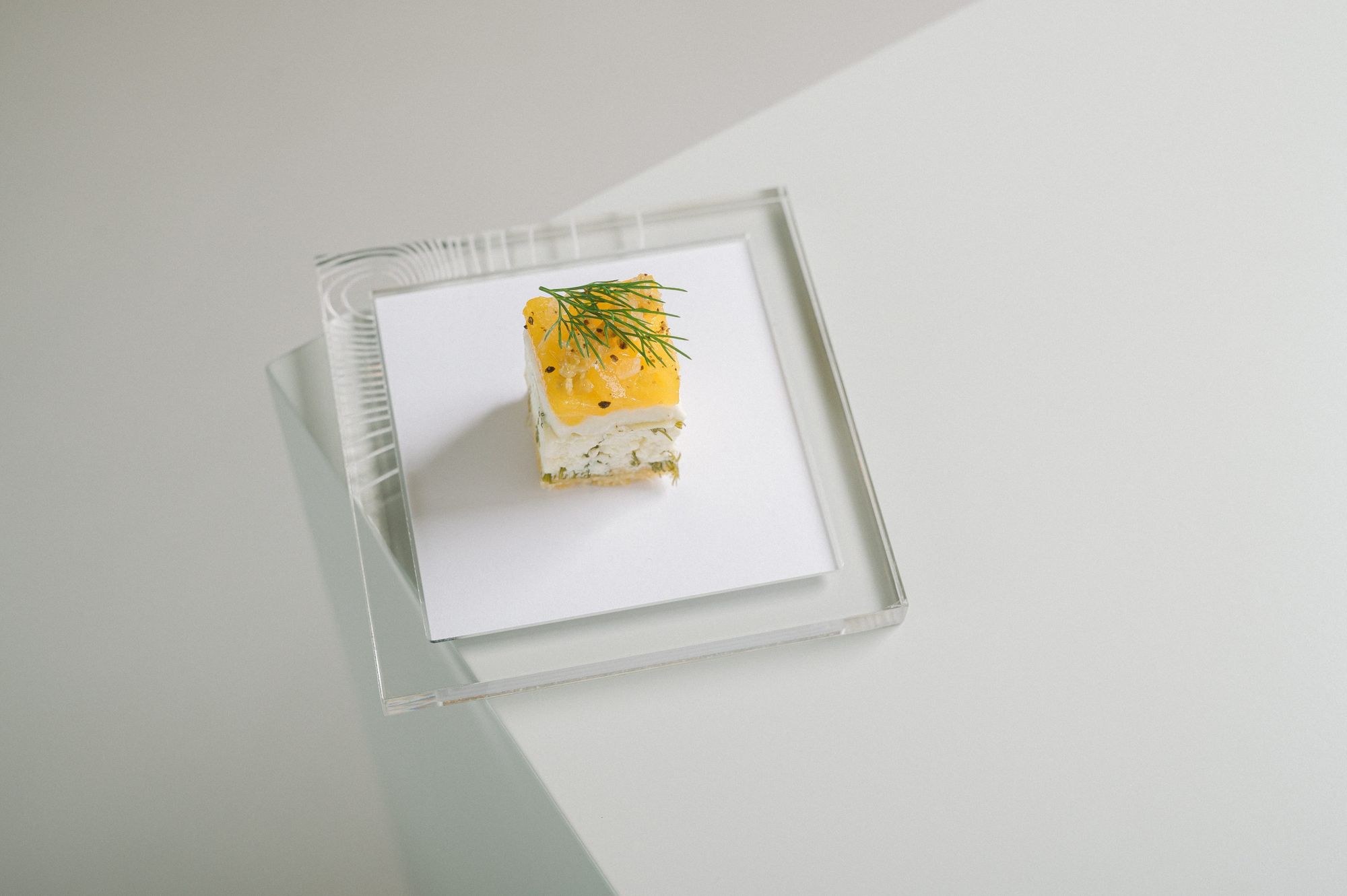

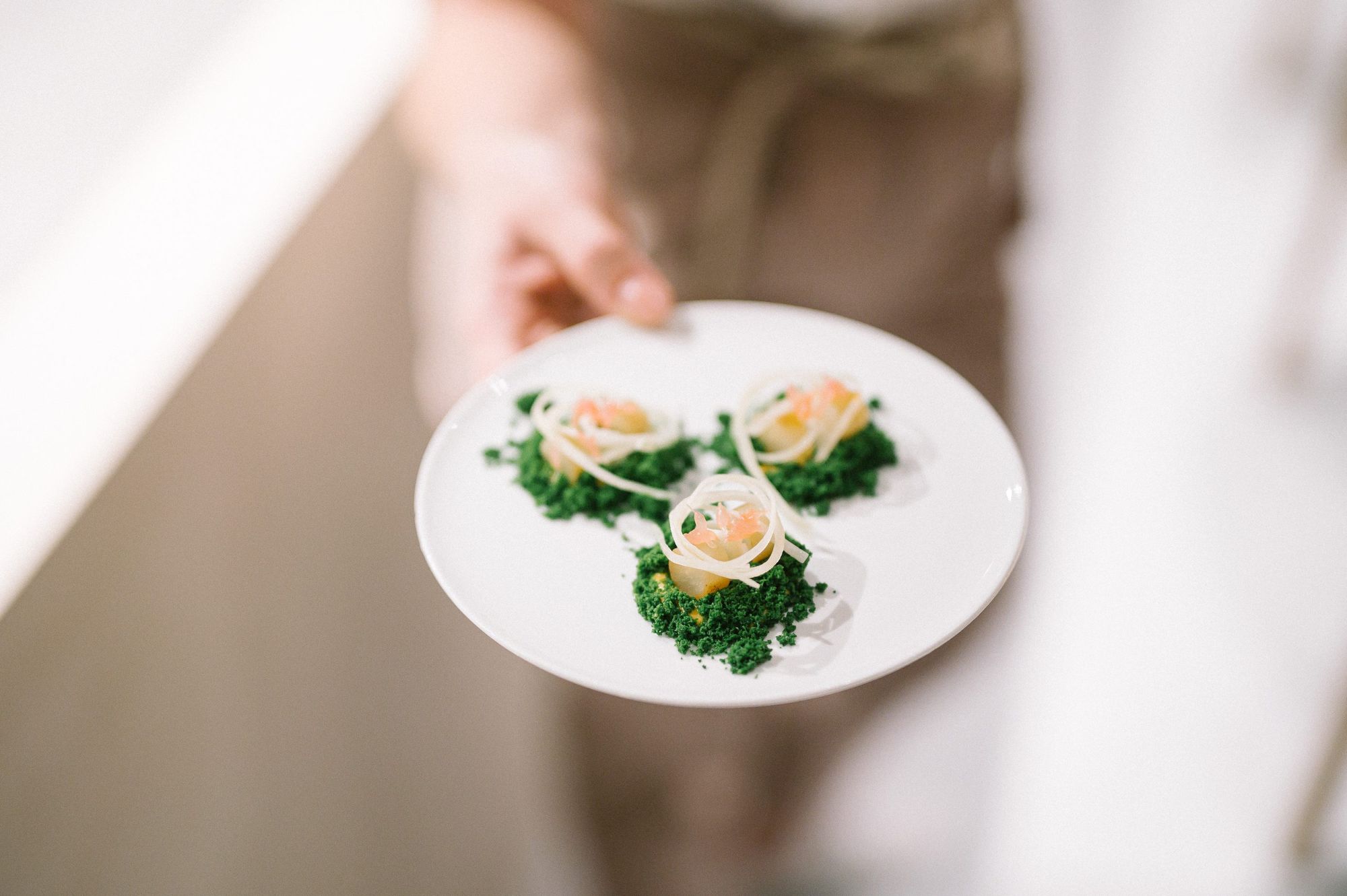
In fact, we haven’t even got to the starter, yet the experience is so complex that it already makes our minds content. Before we know it, the team, jolting together as an orchestra, is already rearranging the serving utensils as the Decision is next: parsley root and grapefruit fibers resting in a lush green nest are placed on the plate, accompanied by three types of oil (citrus, mandarin and grapefruit). It’s up to us what we choose. The triumph of the root vegetables continues with beetroot, carrot and saffron in several textures, and pike-perch in the meat version. Breath-thin crunch underneath rustic bites and comforting flavors—everything is somehow so familiar, so at home, thanks in part to the way community members keep telling stories without overwhelming us with too much information, just opening a window into their world.
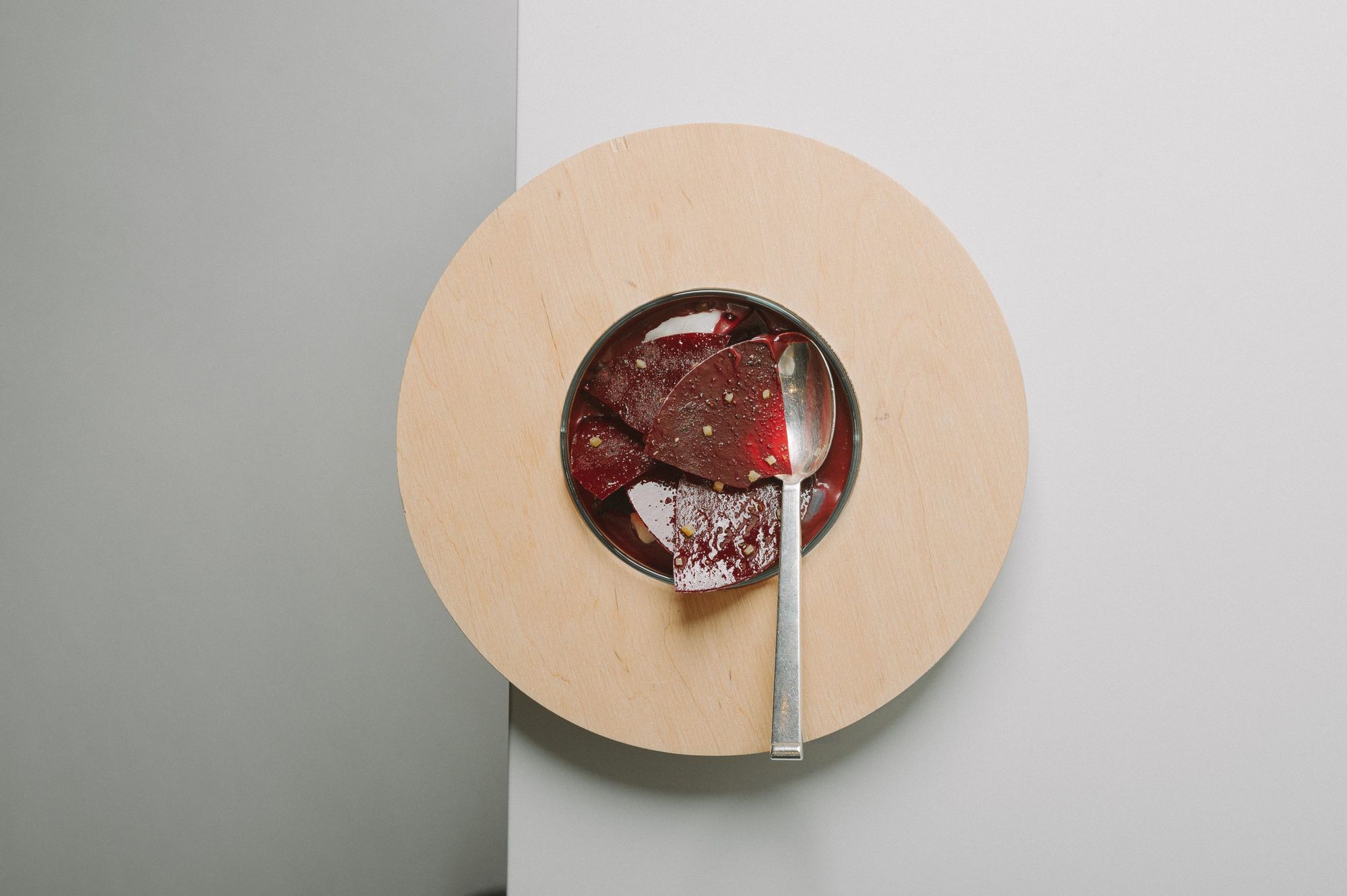
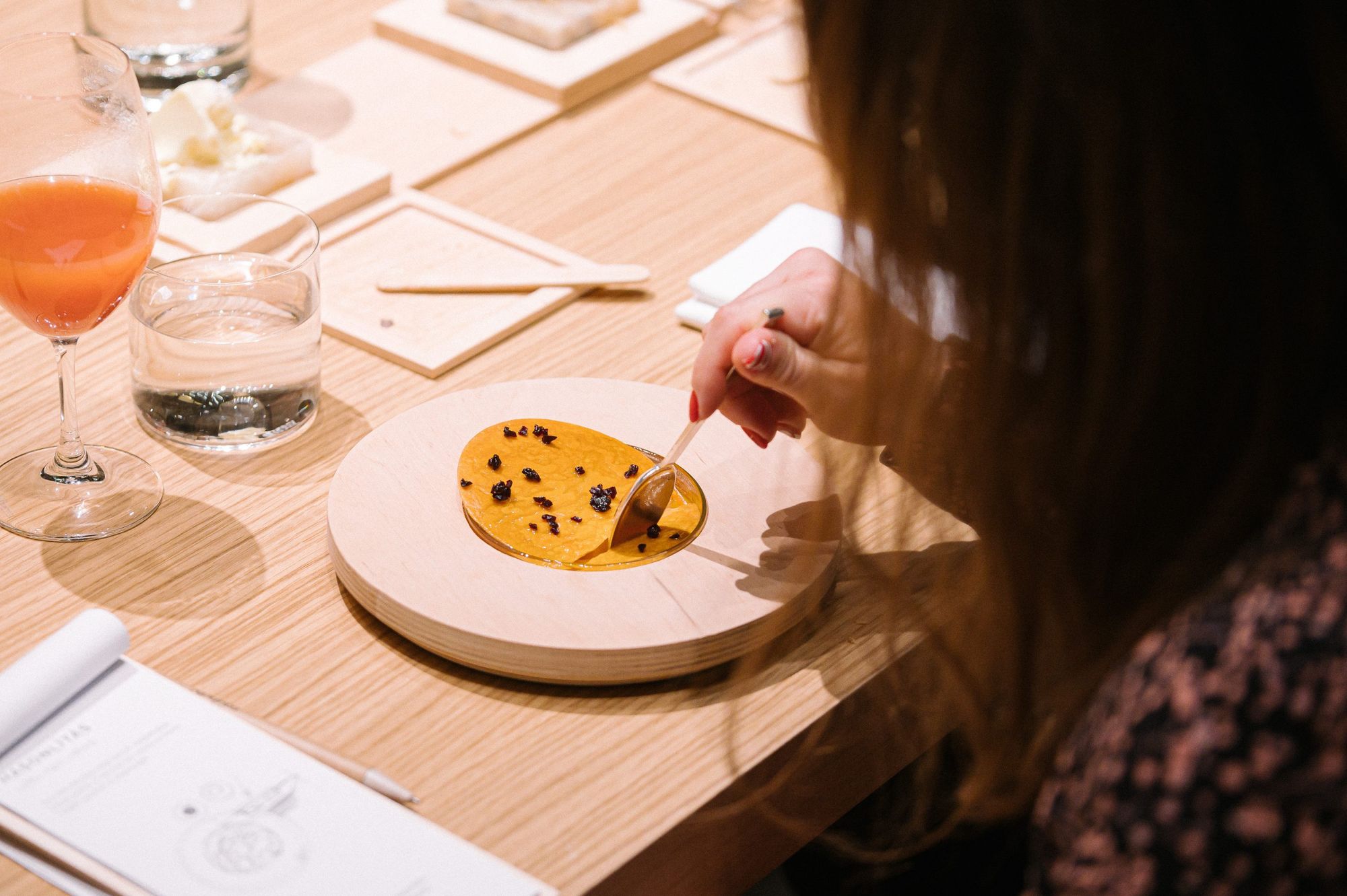
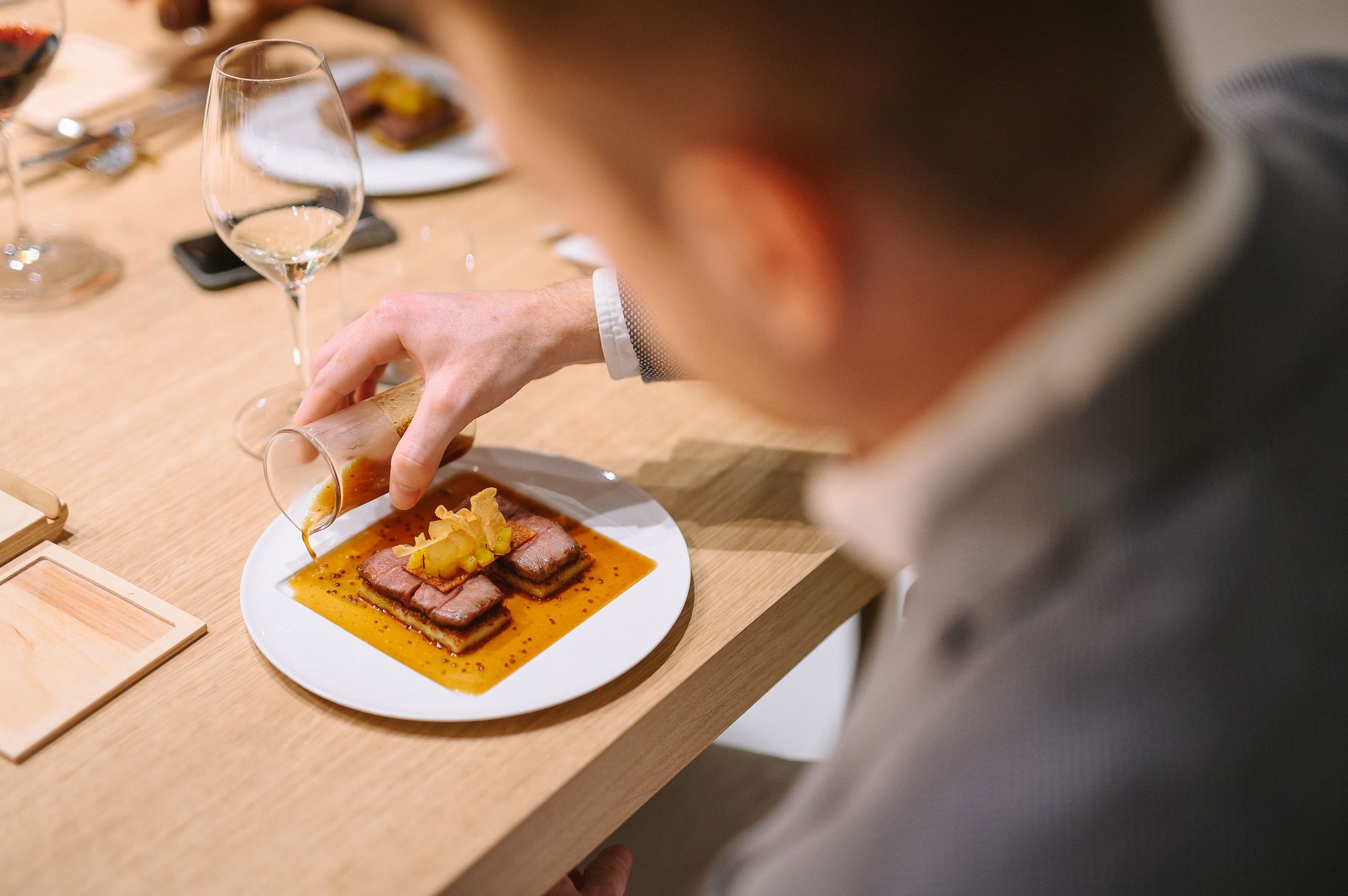
The main course marks the turning point, where the noblest ingredients such as wagyu beef, or even reinvented celery and pine nuts, are used. As an accompaniment, the sommelier offers the house’s own wines, which are Bikavér from the Sebestyén Winery and the 2018 Kékfrankos from Iváncsics. A little twist is that we are then invited to the chef’s counter where we can taste the other main course, allowing us to get a realistic idea of the design concept. The Solution is a dessert, a light conclusion to a dinner rich in character, where a variety of nuts, chocolate and apricots frame the evening. Of course, we’re not left without petit-fours and gifts: the former a chocolate-coated marshmallow-like meringue and the latter the iconic Gerbeaud cake of the brand. By this time, the atmosphere is informal and relaxed, and even though we’ve been here for more than 3 hours, we don’t want to go home.
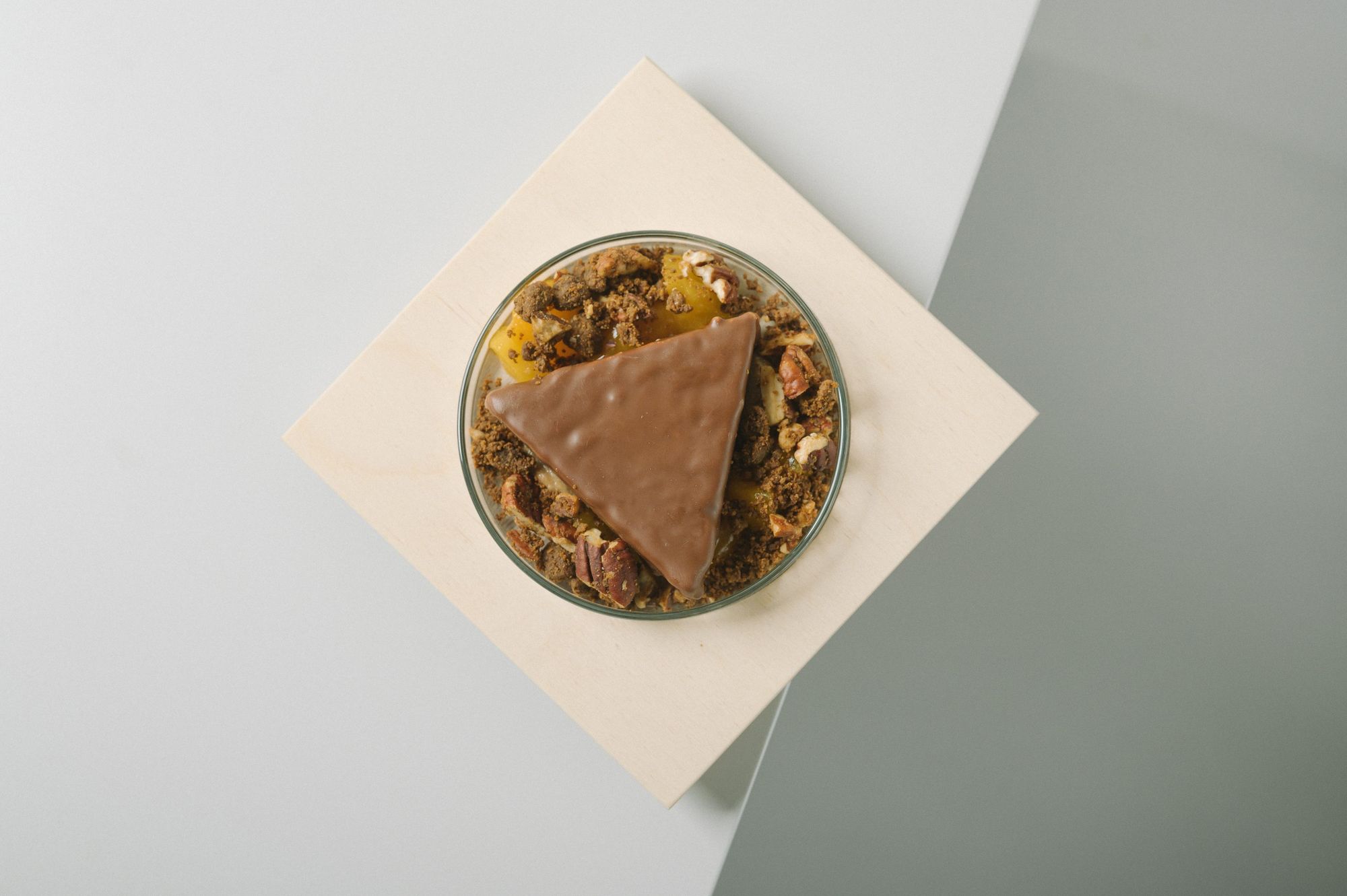
The Workshop is indeed a workshop, honest but mature. We can feel the specialness of the evening and that we are in a fine dining category place, as every element of the dinner is meticulously crafted. Yet we are comfortable because there is fun, relaxation and even place for slip-ups—for example, the assistant chef team appears behind the panels that suddenly become transparent, but as no one is watching at the moment, they laugh and repeat the attraction. Watching the others, I am happy to see the childlike enthusiasm as they get involved in the creation, assessing and commenting, because they know that they really matter here. What else the Workshop will reveal to the world may be an open question even for them, but from January anyone can try the food of META/MORPHOSIS, and at some point ONYX may be welcoming guests again. In the meantime, if you want to try what the country’s perhaps most inspiring and lovable culinary team is putting on the table, now is your time.
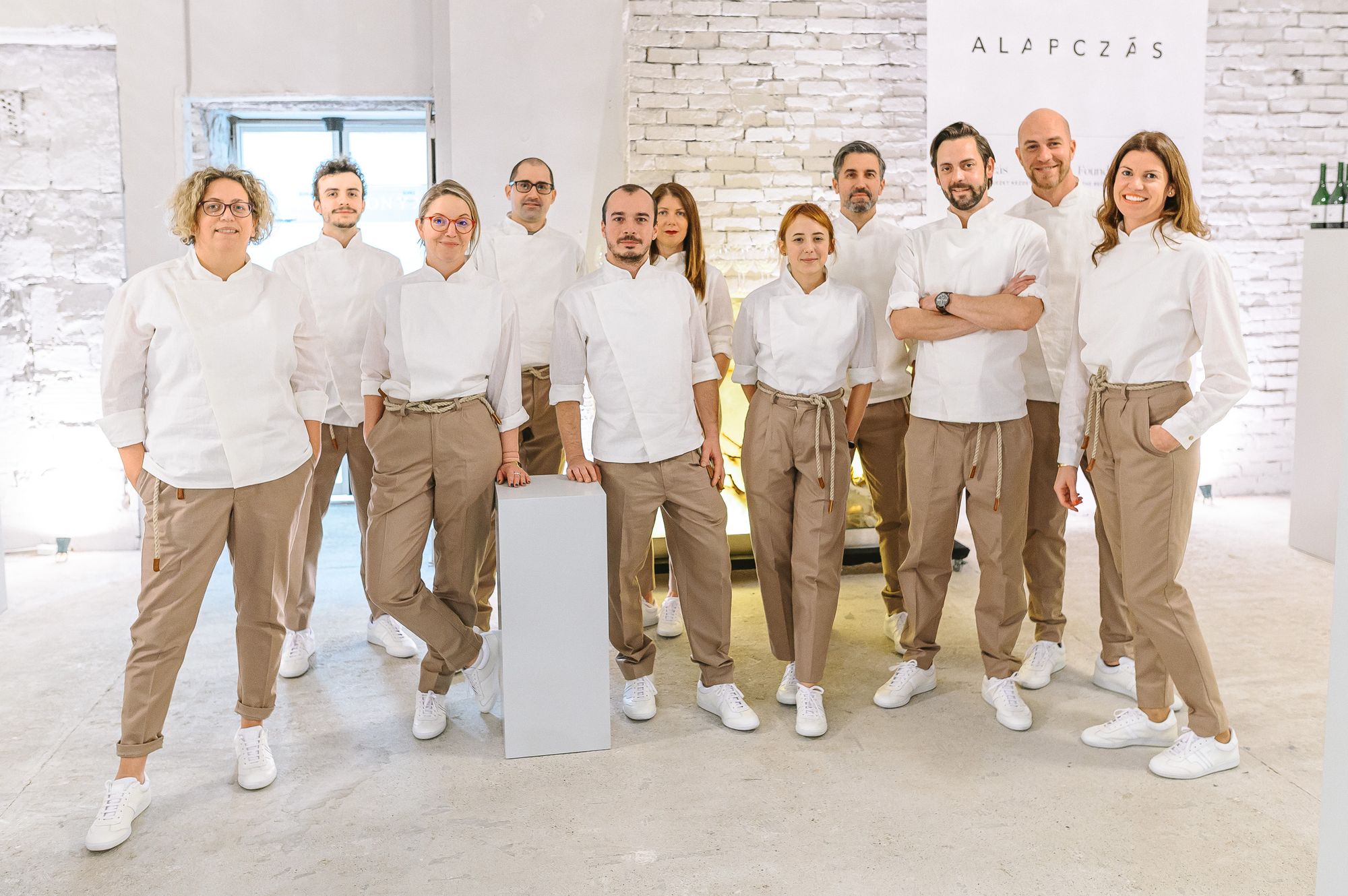
ONYX | Web | Facebook | Instagram
Photos: Milán Rácmolnár
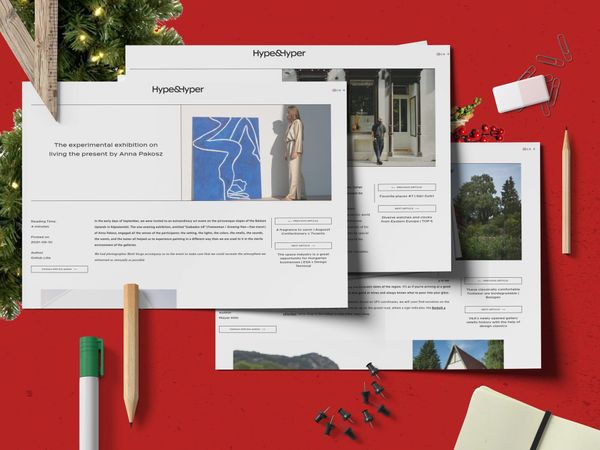
A pleasure to write, a pleasure to read | Favorite articles from the Hype&Hyper team—Part 2
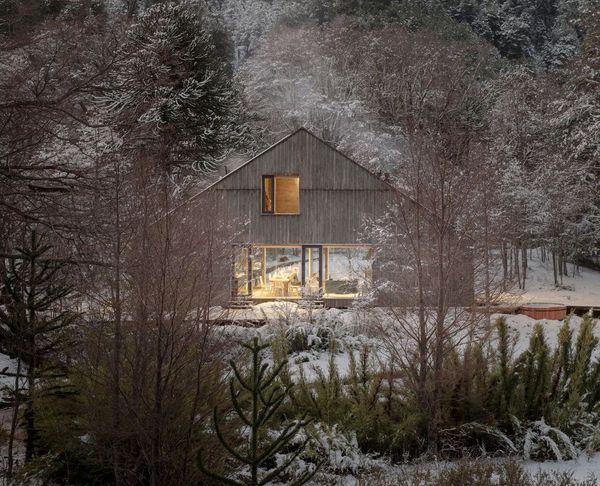
Winter shelters in the realm of snow | TOP 5










